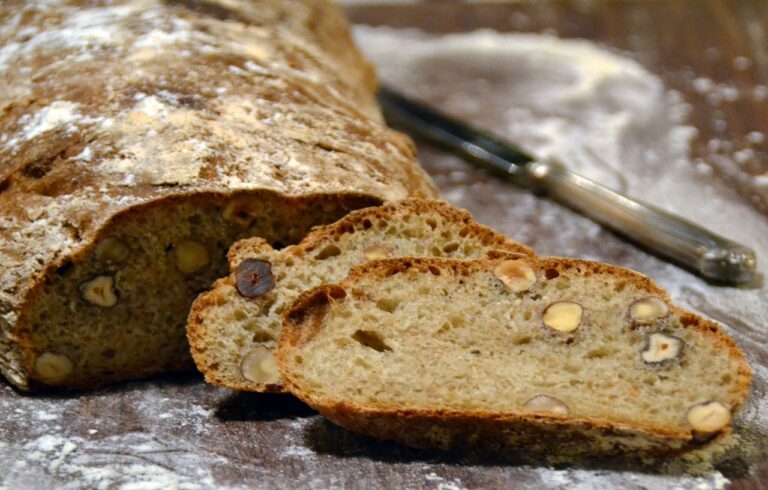The Impact of Climate Change on Foodborne Illnesses
Climate change is having a profound impact on food production worldwide. As temperatures rise and weather patterns become more unpredictable, farmers are facing challenges in growing crops and raising livestock. Droughts, floods, and heatwaves are becoming more frequent and severe, leading to crop failures and food shortages in many regions.
In addition to the direct effects on agriculture, climate change is also affecting the quality and safety of food. Rising temperatures can create conditions that are ideal for the growth of bacteria and other pathogens that can contaminate food. This poses a significant risk to public health, as foodborne illnesses become more common due to the changing climate.
The Connection Between Rising Temperatures and Bacterial Growth
As global temperatures continue to rise due to climate change, the growth of bacteria is becoming a growing concern in the food production industry. The warmer temperatures provide favorable conditions for bacteria to thrive and multiply rapidly, increasing the risk of food contamination and foodborne illnesses. Bacterial pathogens such as Salmonella, E. coli, and Listeria monocytogenes are known to flourish in warmer environments, posing a significant threat to food safety.
Studies have shown that higher temperatures can accelerate the growth and survival of bacteria on various food surfaces, making it crucial for food producers to implement strict hygiene practices and temperature control measures. Inadequate refrigeration, improper food handling, and storage practices can further exacerbate the risk of bacterial contamination in food products, underscoring the need for vigilance and adherence to food safety protocols in a warming world.
Impact of Extreme Weather Events on Food Safety
Extreme weather events such as hurricanes, floods, and droughts can have significant impacts on food safety. Floodwaters can contaminate crops with harmful pathogens, while excessive rainfall can lead to waterlogged fields that promote the growth of mold and toxins. In addition, droughts can cause stresses on plants, making them more susceptible to bacterial contamination.
Furthermore, extreme temperatures can also affect the safety of food products. Warmer temperatures can create favorable conditions for the rapid growth of bacteria, leading to an increased risk of foodborne illnesses. In contrast, extremely cold temperatures can impact food storage and transportation, potentially causing spoilage and contamination. Overall, extreme weather events pose a serious threat to the safety of our food supply chain.
How does climate change affect food production?
Climate change can lead to unpredictable weather patterns, such as droughts or floods, which can impact crop yields and food production.
What is the connection between rising temperatures and bacterial growth?
Higher temperatures provide an ideal environment for bacteria to grow and multiply, increasing the risk of foodborne illnesses.
How do extreme weather events impact food safety?
Extreme weather events can disrupt food supply chains, leading to food spoilage and contamination. This can result in food safety risks for consumers.







